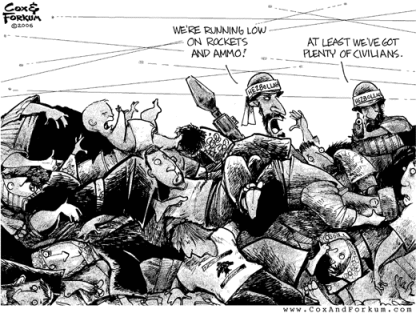By Michael Innes - Cross-posted at CTLab
On 3 July, The New Republic's TNR Conversation with Josh Patashnik hosted the Brookings Institution's Benjamin Wittes, author of the recently released Law and the Long War: The Future of Justice in an Age of Terror (Penguin Press, 2008), and the New America Foundation's Andrew McCarthy, author of Willful Blindness: A Memoir of the Jihad (Encounter Books, 2008).
There's a crisp transcript of the discussion that's nice and readable, but for the full flavor, listen to the audio, which is much longer and captures much more of the respective authors' responses and elaborations. It kicks off on the recent case of a Chinese Uighur Muslim held at Guantanamo, resolution of which revealed "no evidence that would qualify him as an enemy combatant."

Among other things, TNR's three-way gets into the political context of and for jus ad bellum after 2001, and the politicization of the recent Boumediene Case on habeas corpus rights. The most telling line in the encounter, from Andrew McCarthy: "Rather than having what is probably a not-very-useful argument over what the parameters of the battlefield are, we probably should be much more focused on who it is that we're fighting and under what circumstances they should be brought into the system."
Good on the complexity of battlespace parameters. Bad on suggesting that defining it's probably not useful. Tell it to those who get caught in the "middle", wherever that might be these days. There's a big difference between useless and difficult, the latter hardly a justification for not bothering. That's not what either author's arguing, but they miss an important implication of their own work: the spatial variables that shape and inform the physical disposition of insurgents and terrorists are central to battlespace regulatory regimes.
